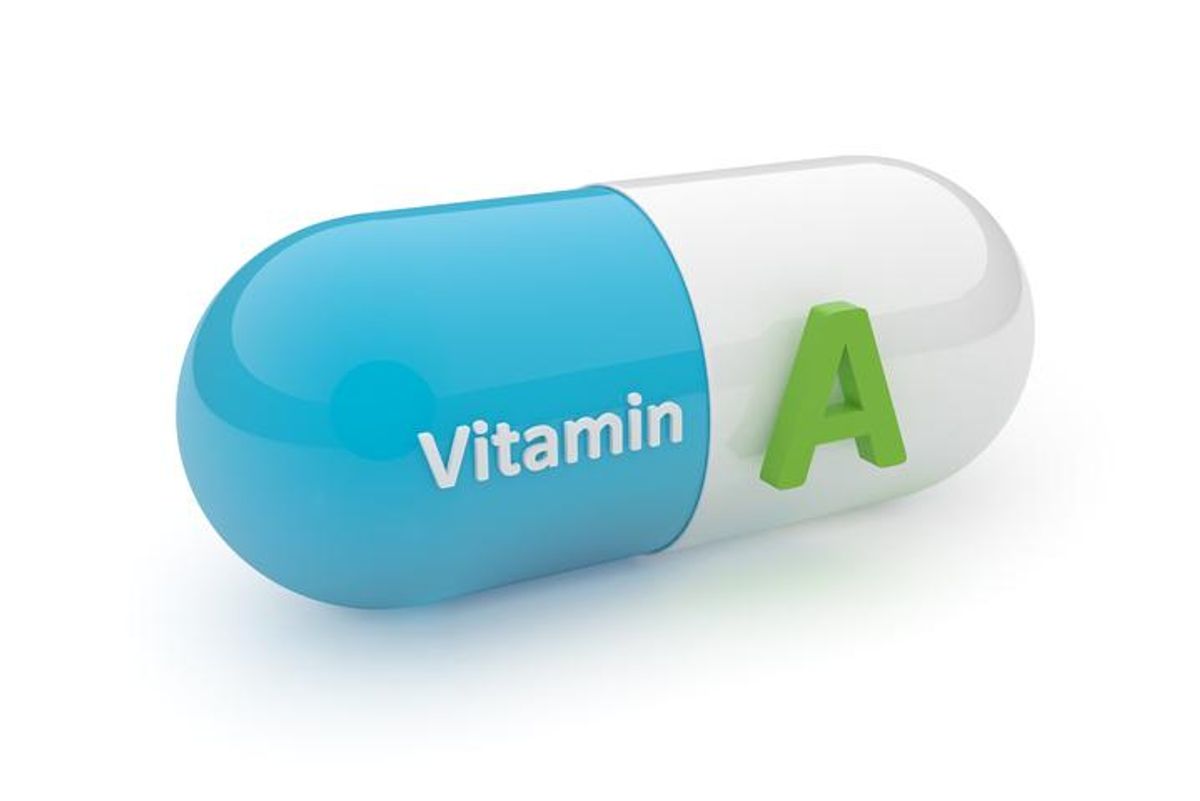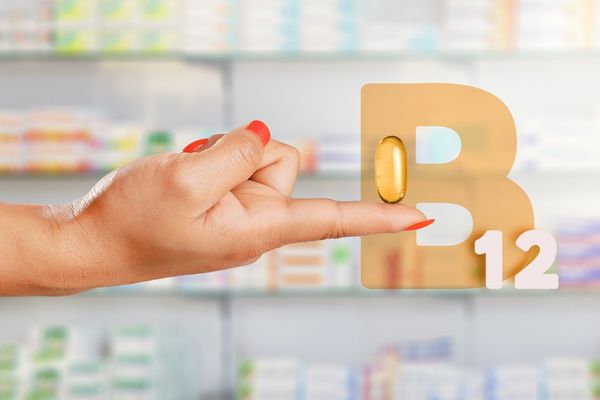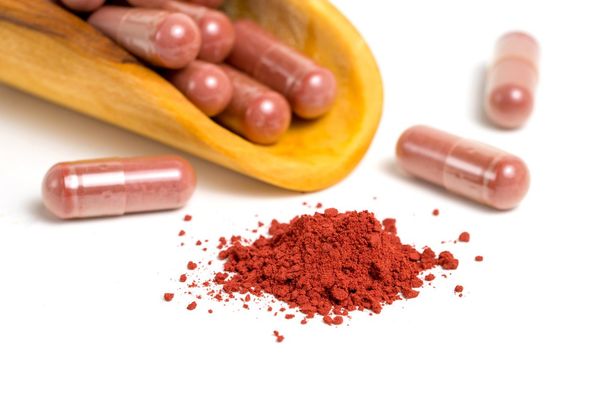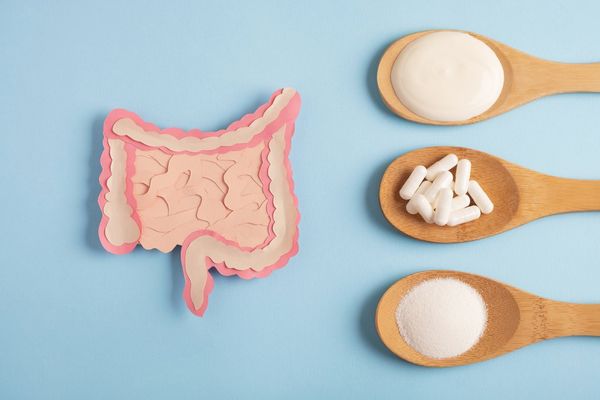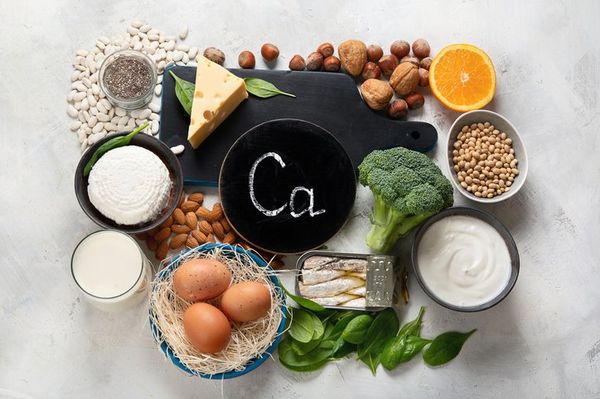Q:
How much is too much of a vitamin or mineral to ingest before it becomes toxic? I eat at least six to seven servings of fruit and vegetables every day, including spinach almost daily. Am I at risk for vitamin A or iron toxicity?
A:
Kudos to you for eating six to seven servings of fruit and vegetables each day! Because food contains small amounts of vitamin A, it is unlikely that you are exceeding the Daily Value (DV) of 3,000 IU (International Units) in a day. The Tolerable Upper Level (TUL) of vitamin A—that is, the most you can take without worrying about any adverse effects—is 10,000 IU. Foods rich in vitamin A are orange, red and yellow fruits and vegetables, such as carrots, sweet potatoes, tomatoes and cantaloupe; and green leafy vegetables, such as spinach and broccoli.
Iron is more complicated because there is no amount that's right (or wrong) for everyone. Premenopausal women need 18 milligrams (mg) of iron each day, whereas postmenopausal women need only about 10 mg of iron daily. The TUL for iron is 45 mg in a day. Foods rich in iron are red meat, fish, poultry, eggs, legumes and fortified cereals.
Knowing the acceptable intake of each of these nutrients, along with reading labels and/or using some of the resources below, can help guide you further.

